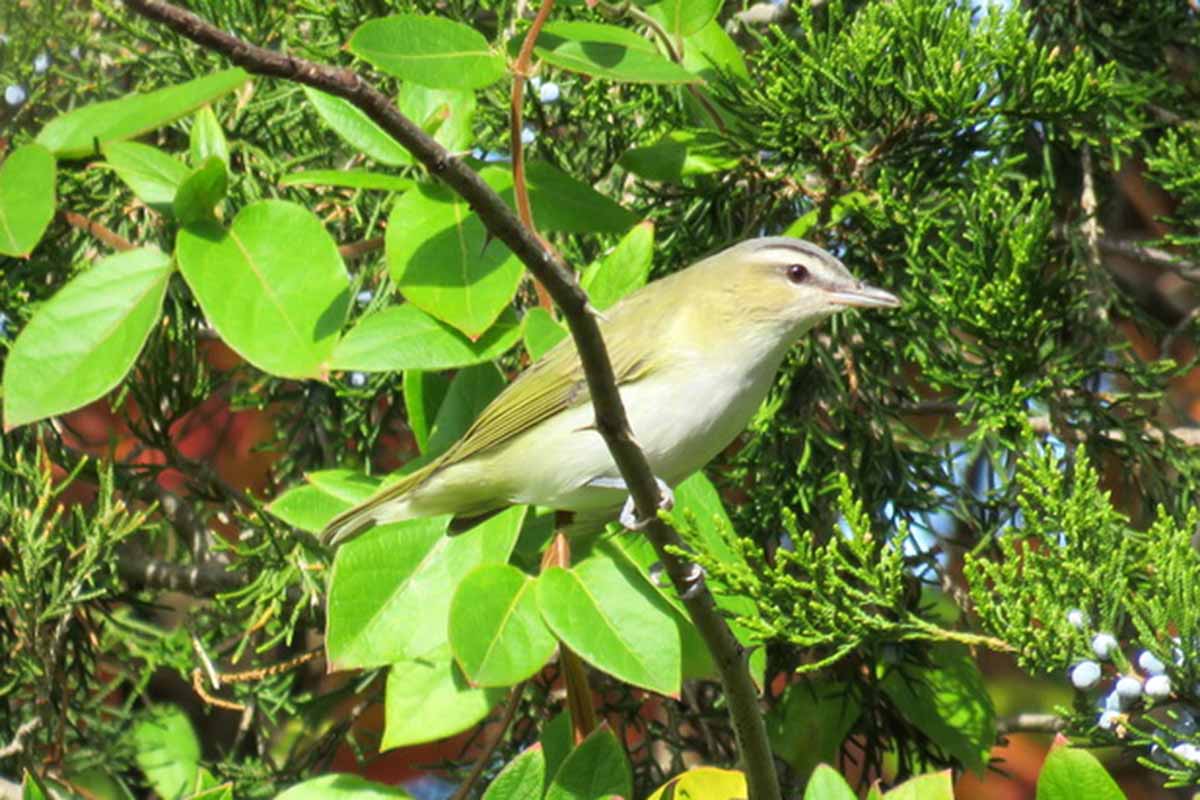Rye Playland and Environs with Tom Burke, 12/7/2019
Registrar: Louise Fraza
Participants: 8
Weather: Sunny, temperatures 31-37 degrees Fahrenheit, Winds west, 10-12 MPH
Bird Species: 67
We began the morning at Rye Playland, where we studied a nice array of ducks, including Wood Ducks, Common Goldeneye and more. Then Tom brought us to Rye Ridge Shopping Center Pond. There we saw hundreds of geese. Tom surprised us by finding one White-fronted Goose. This lovely bird, which we were able to study for some time, turned out to be a “year bird” for all the attendees. We drove to The Marshland Conservancy, where we had lunch. There we enjoyed viewing both the Field and Fox Sparrows and a few in the group saw the American Tree Sparrow.
Species Lists
Birds
Greater White-fronted Goose
Brant
Canada Goose
Mute Swan
Wood Duck
American Wigeon
Mallard
American Black Duck
Greater Scaup
Lesser Scaup
White-winged Scoter
scoter sp.
Long-tailed Duck
Bufflehead
Common Goldeneye
Hooded Merganser
Common Merganser
Red-breasted Merganser
Ruddy Duck
Wild Turkey
Rock Pigeon
Mourning Dove
Killdeer
Ring-billed Gull
Herring Gull
Great Black-backed Gull
Red-throated Loon
Common Loon
Northern Gannet
Great Cormorant
Double-crested Cormorant
Great Blue Heron
Black Vulture
Turkey Vulture
Sharp-shinned Hawk
Cooper’s Hawk
Red-tailed Hawk
Great Horned Owl
Belted Kingfisher
Red-bellied Woodpecker
Downy Woodpecker
Hairy Woodpecker
Northern Flicker
Merlin
Blue Jay
American Crow
Fish Crow
Black-capped Chickadee
Tufted Titmouse
Ruby-crowned Kinglet
White-breasted Nuthatch
Winter Wren
Carolina Wren
American Robin
House Sparrow
House Finch
American Goldfinch
Field Sparrow
American Tree Sparrow
Fox Sparrow
White-throated Sparrow
Song Sparrow
Swamp Sparrow
Eastern Towhee
Red-winged Blackbird
Common Grackle
Northern Cardinal














